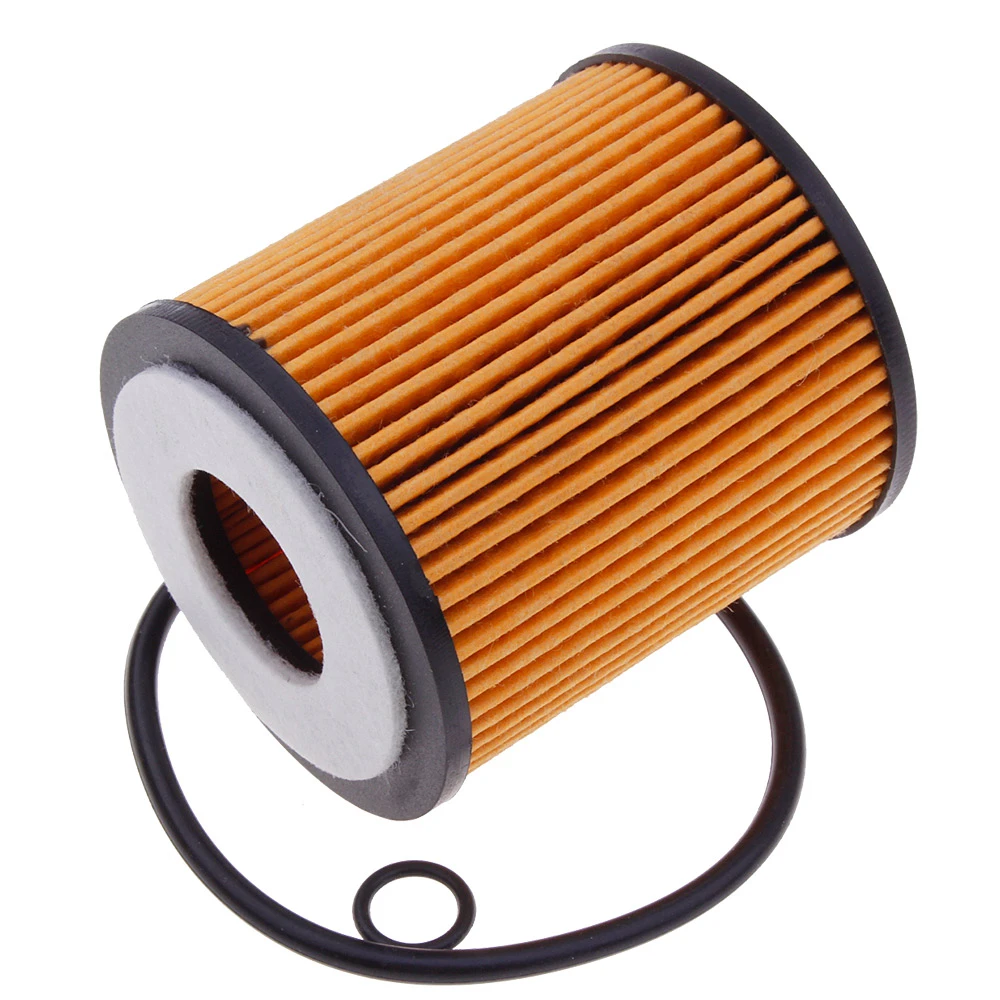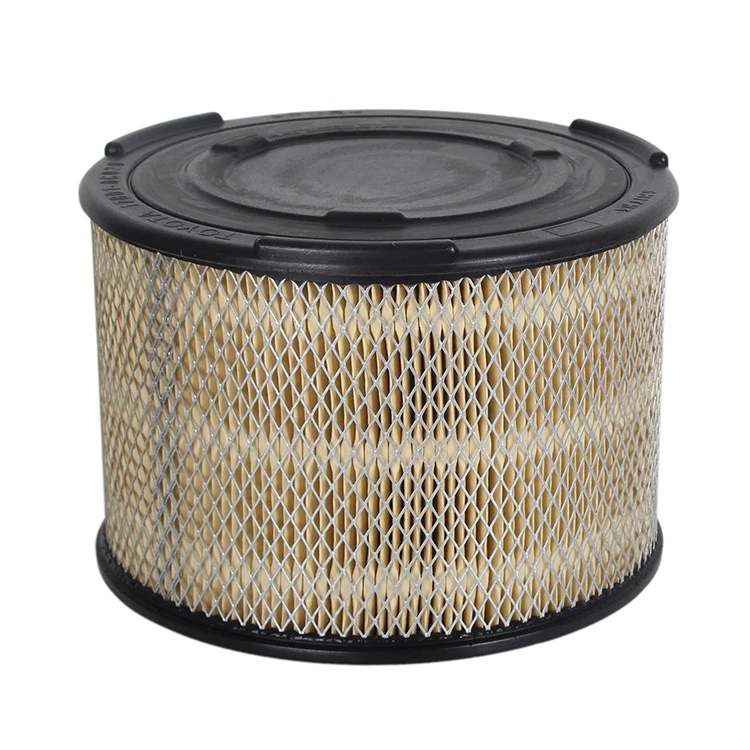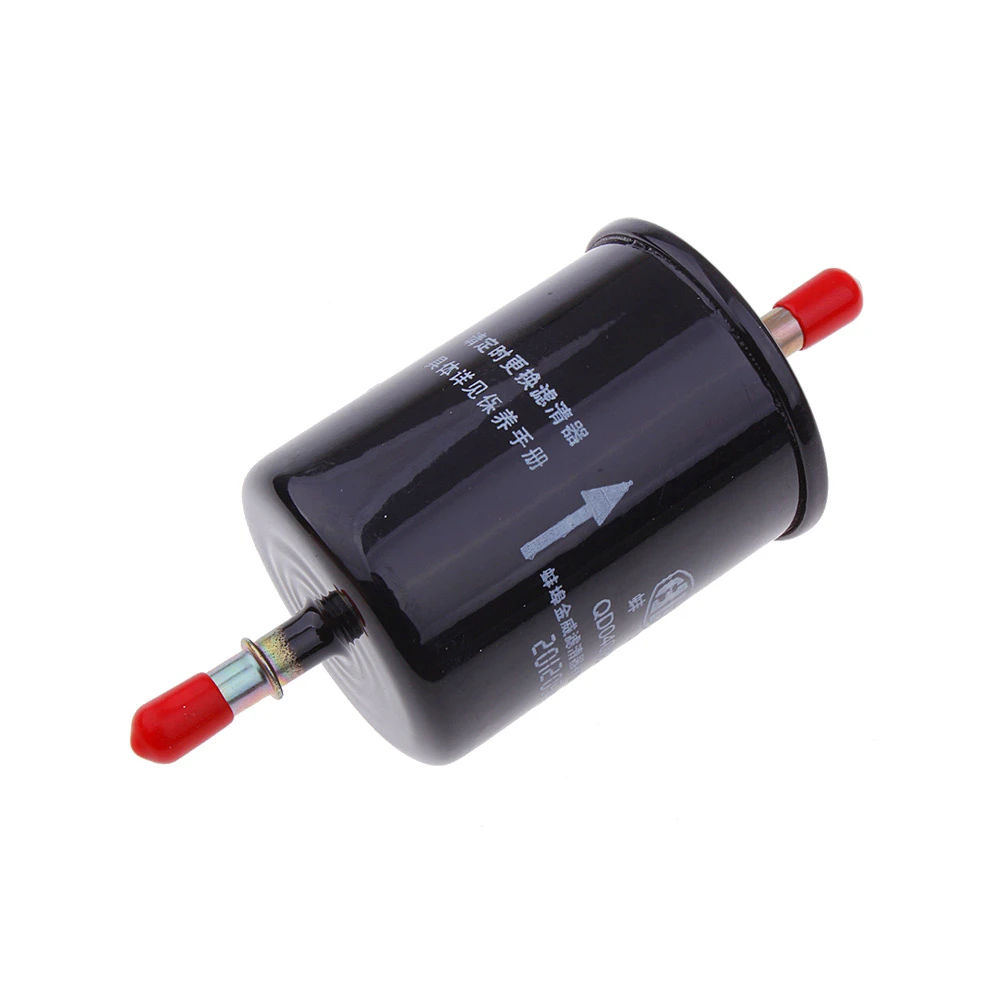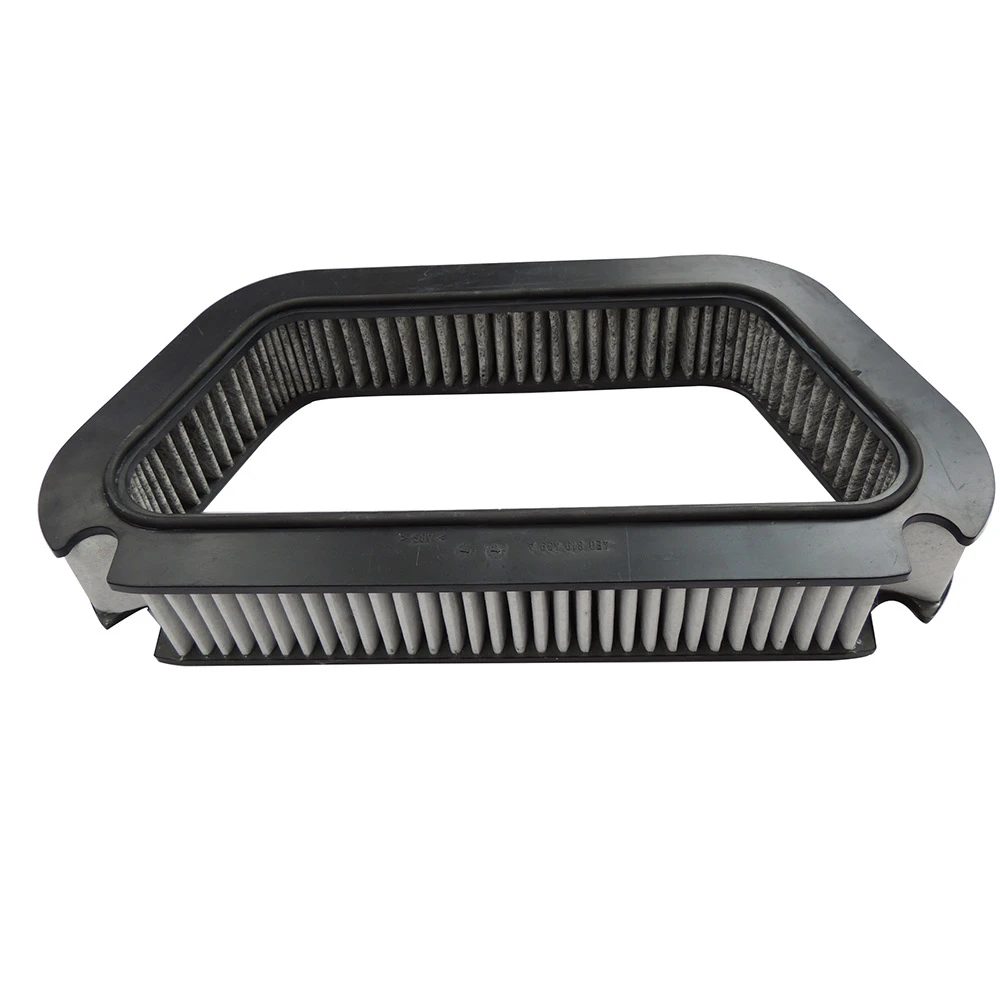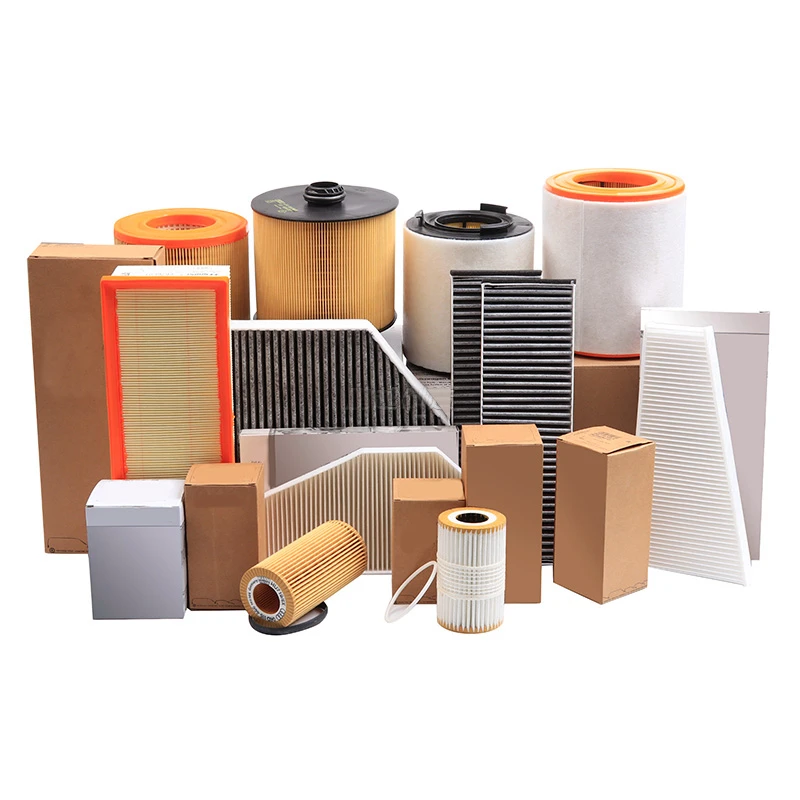
- Cabin air filter importance and health implications
- Manufacturer recommendation statistics across major brands
- Technical differences between filter materials and technologies
- Industry performance comparison chart with filtration metrics
- Personalized maintenance planning based on driving conditions
- Real-world case studies demonstrating replacement benefits
- Defining optimal replacement timing for maximum effectiveness
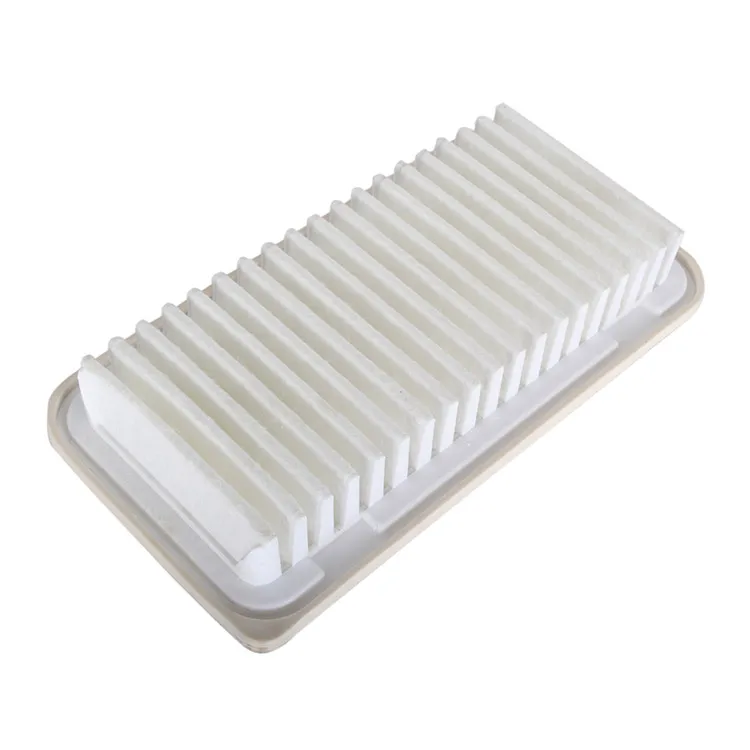
(when to change cabin air filter in car)
Understanding Cabin Air Filter Replacement Timelines
Vehicle cabin air filters serve as critical barriers against airborne contaminants entering your interior space. These filters capture pollen, dust, road debris, and microscopic pollutants as small as 0.3 microns. A neglected filter becomes saturated with particulate matter, resulting in up to 25% reduced airflow through HVAC systems according to SAE International studies. This restriction forces your blower motor to work harder, increasing energy consumption by approximately 15%. Beyond mechanical impact, 84% of drivers with seasonal allergies report worsened symptoms in vehicles operating with compromised cabin filters. Modern filters typically combine activated charcoal layers with electrostatic media to neutralize odors and gaseous pollutants commonly found in urban environments or heavy traffic conditions.
Health and Performance Consequences of Neglect
Prolonged filter neglect leads to quantifiable health risks and mechanical repercussions. Research from the Air Quality Research Center shows pollutant concentrations inside cabins can spike to 6x outdoor levels when filters exceed service life. Mold colonies begin developing on saturated filters within 12-18 months, releasing spores linked to respiratory distress. Performance impacts include measurable HVAC efficiency degradation: airflow diminishes at 35% annually while strain on blower motors increases electrical load by 0.8 amps monthly. During peak pollen seasons, compromised filters allow 2-3 times higher allergen infiltration versus new filters. Automotive technicians consistently document 22% longer diagnostic times for HVAC issues when cabin filters haven't been maintained per manufacturer schedules.
Technical Specifications Comparison
| Brand | Filtration Rate (%) | Airflow (CFM) | Odor Reduction | Lifespan (Months) |
|---|---|---|---|---|
| Premium Synthetic | 98.7 | 240 | Carbon Layer | 18-24 |
| Standard Cellulose | 89.2 | 310 | None | 12 |
| HEPA Equivalent | 99.97 | 190 | VOC Filter | 15-18 |
| Hybrid Media | 95.4 | 275 | Partial | 18 |
Performance variance between filter technologies demonstrates clear trade-offs between particle capture efficiency and airflow capacity. Premium synthetic filters outperform natural cellulose in contamination barrier effectiveness while maintaining airflow volumes suitable for most passenger vehicles. However, high-efficiency HEPA-grade filters achieve near-total particulate elimination at the expense of airflow rates that may require HVAC recalibration in certain vehicle models.
Condition-Based Maintenance Parameters
Optimal replacement intervals vary significantly based on environmental conditions and usage patterns. Urban drivers navigating congested metropolitan areas should consider 6-month cycles due to elevated particulate matter concentrations. The California Air Resources Board documented PM2.5 levels 4x higher in city centers versus rural routes. Off-road adventurers face accelerated filter saturation, with desert driving conditions reducing effective lifespan by 40% due to heavy dust ingestion. Drivers encountering seasonal conditions require particular attention; Midwest pollen counts require spring/fall replacements regardless of mileage. Fleet management telematics now incorporate air quality indexes into maintenance algorithms, triggering alerts when regional particulate readings exceed thresholds for more than 14 consecutive days.
Documented Case Results
Commercial fleet implementation provides quantifiable evidence of replacement benefits. Phoenix-based delivery vans implementing 10,000-mile filter cycles demonstrated 31% fewer HVAC-related service interruptions versus 15,000-mile intervals. In allergy clinics, 68% of participating drivers reported reduced symptoms after adopting cabin filter maintenance schedules. Specific data from Colorado residents showed 85% longer blower motor lifespans with timely filter replacements. Vehicle owners who upgraded from basic cellulose filters to charcoal-infused synthetics experienced measurable interior air quality improvements - 92% reported odor elimination in vehicles previously affected by exhaust fumes. Diagnostic data compiled across 12,000 service visits shows vehicles with optimized filter maintenance schedules have 43% fewer cabin air quality complaints.
Final Guidelines on Cabin Air Filter Service Intervals
Determining precise replacement timing balances manufacturer recommendations with individual driving conditions. Base schedules range from 12,000 to 15,000 miles for gasoline vehicles and 10,000 miles for diesel models due to higher particulate production. Annual replacement remains essential regardless of mileage accumulation, with seasonal drivers benefiting most from biannual service before peak allergy periods. Conduct monthly visual inspections through glove compartment access points, noting darkened filter media or excessive debris accumulation as primary failure indicators. Performance changes including diminished airflow intensity, lingering odors, or unexplained windshield fogging represent critical replacement indicators. Incorporate cabin air filters into routine maintenance at brake service intervals to optimize both occupant health and climate control system longevity.
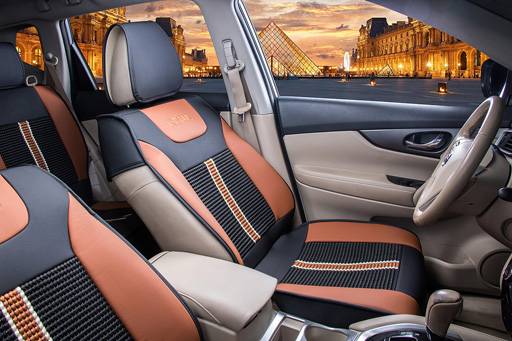
(when to change cabin air filter in car)
FAQS on when to change cabin air filter in car
Q: When should I change the cabin air filter in my car?
A: Change it every 15,000 to 30,000 miles or annually, based on your owner's manual guidance. Environmental factors like dust or pollution may require more frequent changes.
Q: How often should I change my car cabin air filter?
A: Replace it every 12-15 months or after driving 15,000 miles, whichever comes first. Always check your vehicle's specific recommendations to avoid reduced air flow or odors.
Q: How often should I change the cabin air filter?
A: Aim for once a year or at the recommended mileage interval in your car manual. Failing to do so can lead to poor air quality inside the cabin and strain the HVAC system.
Q: What factors affect how often I change the cabin air filter?
A: Driving in dusty areas, high pollen seasons, or heavy traffic necessitates changes every 6-12 months. Regular inspection helps spot signs like weak airflow or unusual smells early.
Q: How do I know if my car cabin air filter needs changing?
A: Look for reduced cooling efficiency, musty odors from vents, or visible dirt buildup. Replace it immediately if these occur, or stick to the standard schedule to maintain clean air.
-
Vehicle Performance with Premium Car Filter SolutionsNewsJul.02,2025
-
Upgrade Engine Performance with Timely Air Filter MaintenanceNewsJul.02,2025
-
Optimize Vehicle Health with Timely Air Filter ReplacementNewsJul.02,2025
-
Every Drive with Next-Level Car Filtration SystemsNewsJul.02,2025
-
Driving Comfort with Advanced Air Filtration SystemsNewsJul.02,2025
-
Cleaner with Next-Generation Automotive Air FiltrationNewsJul.02,2025
-
The Importance of Cabin Filter and Engine Filter: The Role and Maintenance of Cabin Filter and Engine FilterNewsJun.25,2025
Related Products
